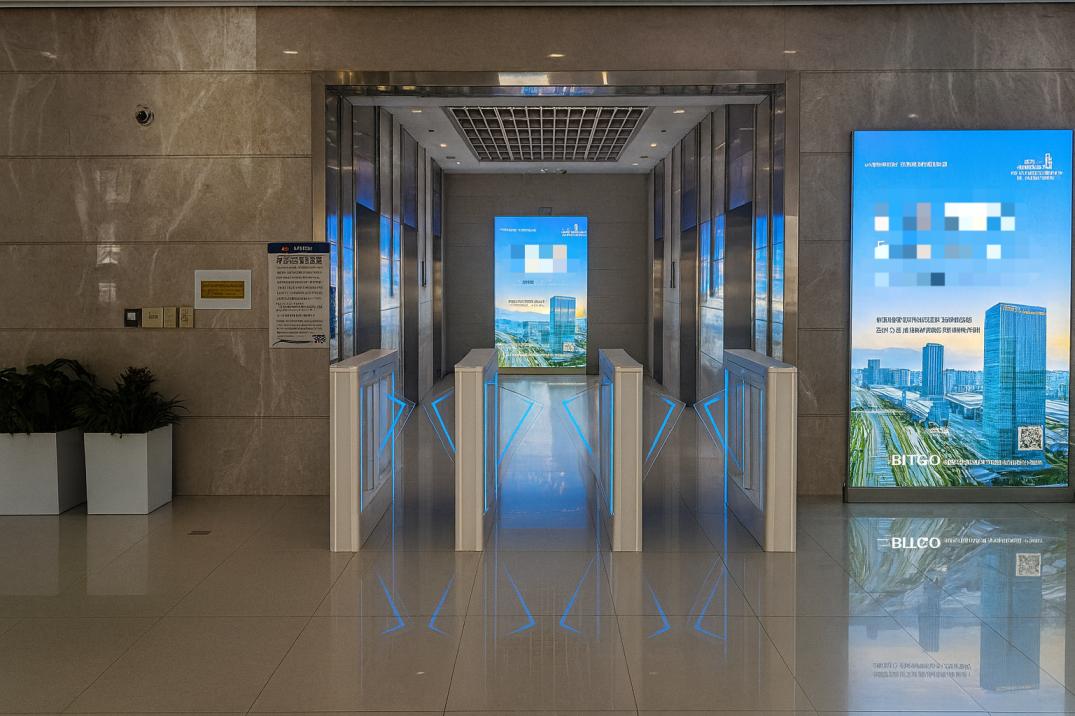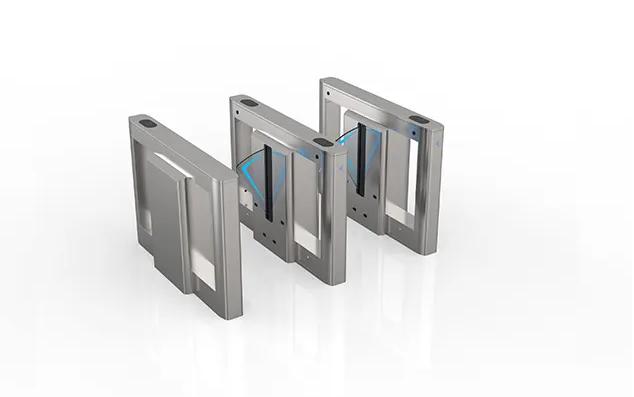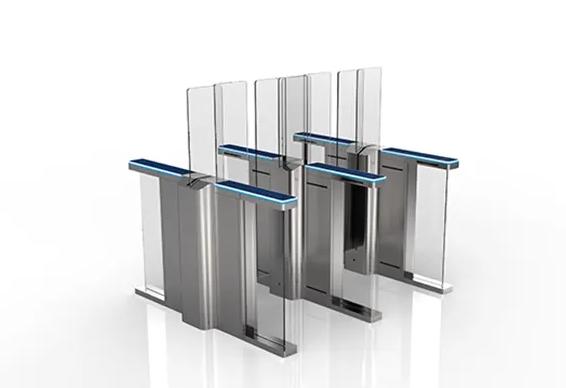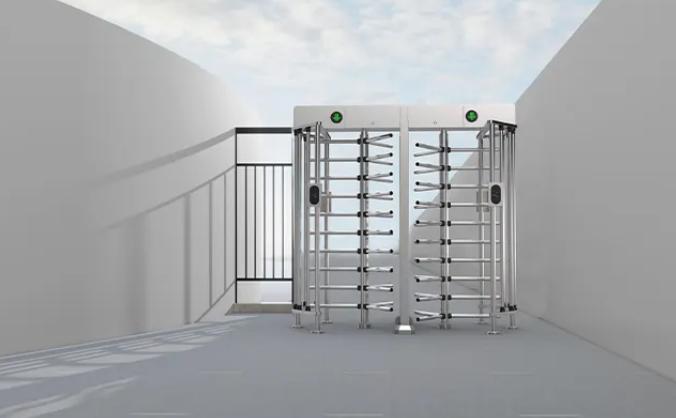Flap Barrier Installation Mistakes That Cost You Time


Flap Barrier Installation can be fast and stress-free, yet many projects lose precious time due to avoidable mistakes. At Turboo, we manufacture flap barrier turnstiles for high-traffic sites, and we see the same issues again and again. The good news: with the right plan and configuration, you can cut delays, reduce rework, and protect throughput from day one.

Flap Barrier Installation: Where Time Gets Lost
When schedules slip, it is rarely the hardware. The real drain is poor preparation and mismatched settings. Sites rush civil works, skip pre-tests, or forget how people will actually move through the lane. Our flap barrier turnstiles are designed for metro stations, airports, office complexes, and stadiums. They handle pressure because they use stainless steel or tempered glass panels, low-noise drive systems, and an emergency fire-release mode for safe egress. But even robust equipment slows down if the setup is wrong.
A frequent problem is treating access control as an afterthought. Biometric and RFID readers must align with the lane logic. If you plan two-way traffic but wire one-way, you will meet queues and complaints. Another common error is ignoring anti-tailgating and anti-reverse features during commissioning. These functions protect security and keep lanes stable, yet they require correct sensor positioning and timing. When they are left at defaults, false alarms or missed events steal hours.
Turboo’s approach is simple: plan the flow, then configure the lane to match it. We support open or closed default modes, one-way or two-way card reading, and a “memory” or “no memory” card option. Automatic reset ensures the gate returns to a locked state if a user does not pass in the set time. Infrared anti-clip protection prevents injury whether the gate is opening or running. When these options reflect the real use case, lines move and teams save time.
Configuration Mistakes That Slow Your Project
- Power, Layout, and Civil Works
Many delays begin before power-on. Cable paths, floor cuts, and reader brackets must be ready. If power is unstable or the conduit is misrouted, you will chase intermittent faults. Place lanes so users approach straight, with enough stacking distance. Sharp turns near the barrier reduce read rates and create hesitations. Keep service space for maintenance, because cramped access extends every future task.
- Reader Integration and Operating Modes
The biggest time traps are small integration gaps. Align your access control panel logic with the lane’s operating mode. Decide early: default open for flow, or default closed for security. Match one-way or two-way card reading to real traffic. Enable the card “memory” option only when your policy needs it; otherwise, users may trigger multiple opens and confuse the queue.
• Verify biometric/RFID reader height and angle for fast reads
• Map controller outputs to “open,” “alarm,” and “reset” correctly
• Confirm fire-release wiring and test the emergency open mode
• Set dwell time and auto-reset so the lane never sits unlocked
• Document settings in a flap barrier commissioning checklist for handover
- Safety Logic and Anti-Tailgating
Security features save hours in the long run. Anti-tailgating and anti-reverse cut unauthorized entries and reduce manual interventions. Infrared anti-clip keeps users safe and protects the mechanism. Calibrate sensitivity for your site. In crowded lobbies, slightly longer detection windows reduce nuisance stops. Test with real traffic patterns, not empty corridors.
Turboo‘s Fast-Track Setup
Turboo builds for reliability and quick commissioning. Our low-noise drive and smooth motion reduce operator stress during peak hours. The lane integrates with IC and ID cards, code scanning, and face recognition. This flexibility means you do not need custom brackets or special wiring for normal deployments. It also means you should choose settings that match your security policy before opening day.
Begin with a short dry run. Power the lanes, confirm direction arrows, and test one badge in each mode. Then add real users. Watch how they approach, scan, and pass. If you see hesitation, the reader may be too high or the dwell time too short. Adjust on the spot. Use the automatic reset to prevent doors from staying open. Keep the emergency fire-release test as a final step and log the result.

In high-traffic environments, throughput is the metric that matters. You do not need to guess. If queues grow, it is usually because the system forces a second action – re-scanning, reversing, or waiting for a slow reset. Tighten the loop. With proper anti-tailgating and anti-reverse settings, the lane clears each user cleanly. With memory off, a single credential equals a single pass. With memory on, you can pre-grant a small group under supervision. Choose what your policy requires, not what a default suggests.
For long-term success, plan maintenance access. Smooth operation and long service life depend on simple service checks. Keep sensor windows clean. Review logs after the first week. Small tweaks early prevent hours of support later. This is part of efficient turnstile access control setup and it pays back quickly.
✅ Where Turboo Fits Best
Transport hubs, corporate HQs, and event venues rely on predictable flow. Our flap barrier turnstiles are versatile, quiet, and built for intense use. They integrate with your existing access control and scale across multiple lanes. When configured correctly, they deliver strong security and steady movement across the day.
Call to Action
If you are planning a new Flap Barrier Installation – or optimizing an existing site – let Turboo help you avoid delays. Book a configuration review with a Turboo engineer to align mode settings, safety logic, and reader integration with your real traffic. You will launch faster, cut rework, and keep people moving.











